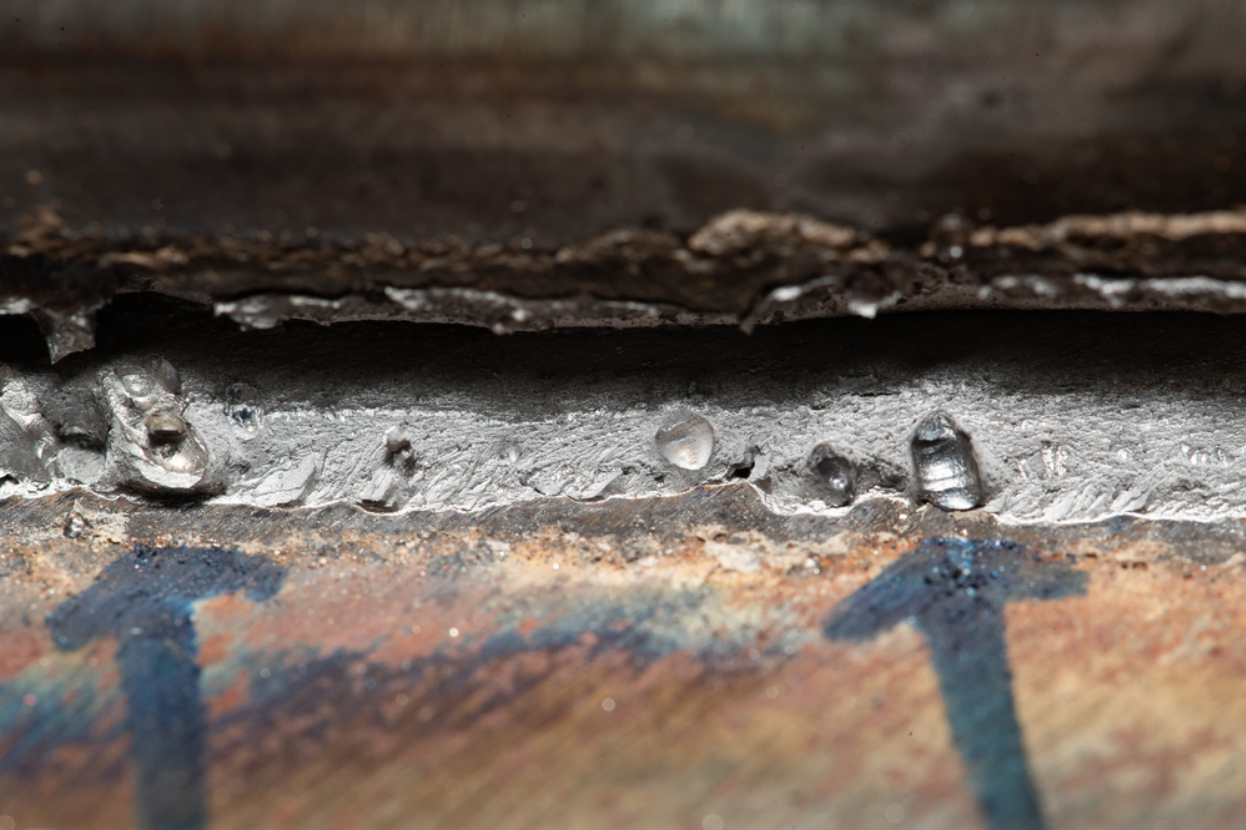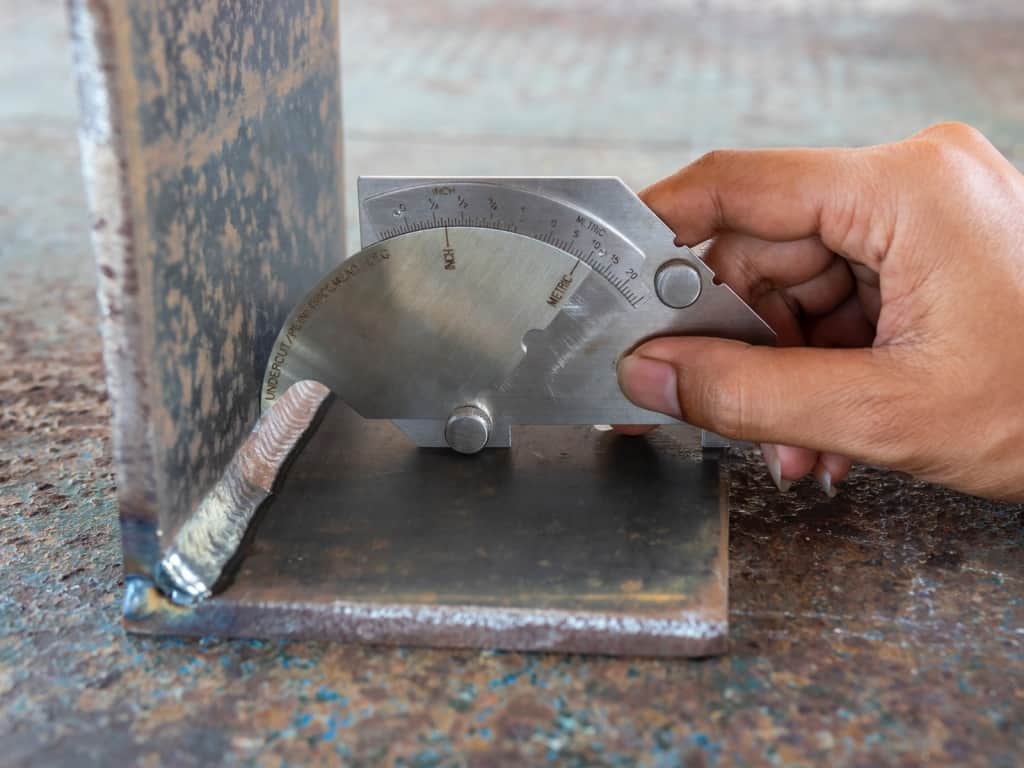Understanding the Art of Welding: How to Stay Clear Of Undercut Welding Issues for Flawless Fabrication Outcomes
By comprehending the root causes of undercut welding and executing efficient methods to prevent it, welders can raise their craft to brand-new levels of excellence. In the search of remarkable construction results, mastering the art of welding to prevent undercut issues is not just a skill however a need for those aiming for perfection in their work.
Comprehending Undercut Welding

To protect against undercut welding, welders must make certain appropriate welding specifications, such as readjusting the present, voltage, travel speed, and keeping the correct electrode angle. Additionally, using the appropriate welding method for the certain joint arrangement is essential. Using weaving movements or backstepping strategies can help make certain correct weld steel deposition and reduce the likelihood of undercut formation. Normal assessment of welds throughout and after the welding process is additionally essential to catch any kind of undercut early and make essential modifications to avoid further defects. Preventing weld undercut. By understanding the reasons for undercut welding and executing precautionary actions, welders can accomplish top quality, structurally sound welds.
Causes of Undercut in Welding
Understanding the variables that add to undercut in welding is crucial for welders to produce top notch, structurally sound welds. When the weld metal does not correctly load the groove formed in between the base metal and the formerly transferred weld steel, damaging takes place. Numerous factors can lead to undercut in welding. One typical cause is extreme warmth input. Welding at high temperatures for extended durations can cause the base steel melting even more than wanted, bring about damage. Inadequate welding incorrect or current welding rate can likewise add to damage. Inadequate current might not provide enough heat to thaw the base and filler metals adequately, while extreme rate can avoid proper combination, causing undercut. In addition, improper electrode angles or wrong lantern adjustment techniques can create areas of reduced weld metal deposition, advertising undercut. Understanding these reasons and applying proper welding methods can help avoid undercutting issues, making certain solid and long lasting welds.
Techniques to Stop Undercutting

To minimize the risk of damaging in welding, welders can employ strategic welding methods targeted have a peek at this website at boosting the high quality and honesty of the weld joints. One efficient approach is to adjust the welding criteria, such as voltage, current, and travel speed, to make sure proper heat input and deposition. Keeping a suitable electrode angle and guaranteeing constant travel rate can likewise help avoid undercut. Furthermore, utilizing the correct welding technique for the particular joint setup, such as weave or stringer beads, can contribute to decreasing undercutting. Preventing weld undercut.
Additionally, appropriate joint preparation, including making certain clean base products without contaminants and using the ideal welding consumables, is critical in preventing undercut problems. Employing back-step welding strategies and controlling the weld grain profile can also aid distribute warm uniformly and decrease the threat of undercut. Normal inspection of the weld joint during and after welding, in addition to executing high quality assurance actions, can assist in discovering and resolving undercutting problems immediately. By implementing these techniques diligently, welders can attain perfect fabrication results with very little undercut defects.
Significance of Proper Welding Criteria
Picking and keeping suitable welding parameters is essential for achieving effective welds with minimal issues. Welding parameters refer to variables such as voltage, current, take a trip rate, electrode angle, and shielding gas flow price that straight influence the welding process. These parameters have to be carefully readjusted based on the kind of product being welded, its thickness, and the welding strategy employed.
Appropriate welding criteria guarantee the right quantity of warmth is put on melt the base steels and filler other product consistently. If the parameters are established expensive, it can lead to extreme warm input, creating spatter, burn-through, or distortion. On the various other hand, if the specifications are as well reduced, incomplete blend, absence of infiltration, or damaging may occur.
Top Quality Guarantee in Welding Procedures

Conclusion
In final thought, grasping the art of welding requires a comprehensive understanding of undercut welding, its causes, and techniques to avoid it. By making sure proper welding specifications and executing quality control methods, flawless construction results can be accomplished. It is my blog essential for welders to regularly aim for quality in their welding procedures to prevent undercut concerns and produce premium welds.
Undercut welding, a common problem in welding processes, takes place when the weld metal does not effectively load the groove and leaves a groove or anxiety along the welded joint.To protect against undercut welding, welders need to ensure proper welding parameters, such as changing the existing, voltage, traveling speed, and preserving the right electrode angle. Inadequate welding existing or incorrect welding speed can likewise add to undercut.To reduce the threat of undercutting in welding, welders can utilize calculated welding methods aimed at improving the high quality and honesty of the weld joints.In conclusion, grasping the art of welding requires an extensive understanding of undercut welding, its reasons, and techniques to stop it.
Comments on “Ultimate Overview to Preventing Weld Undercut: Tips and Techniques”